
What is end mills?
End mills are a type of milling tool with cutting edges (bottom edge, peripheral edge) on the end face and periphery. They have a wide range of uses, including bottom cutting, side cutting, contour cutting, and slot cutting. They are mainly used in vertical milling machines, have good precision and operability, and are suitable for high-efficiency operations.
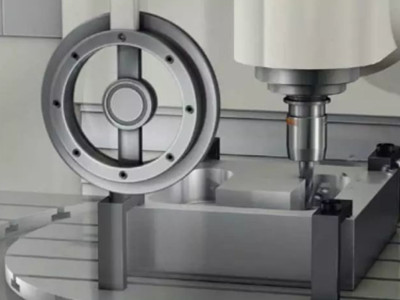
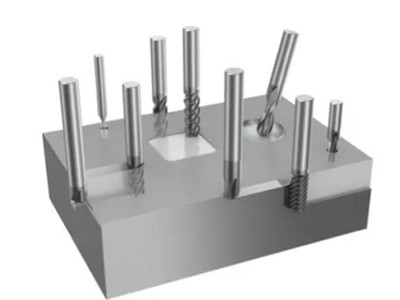
Material characteristics of high speed steel
High-speed steel (HSS) is a tool steel with high hardness, high wear resistance and high heat resistance. It is also called wind steel or sharp steel, which means that it can harden even when cooled in the air during quenching, and it is very sharp. It is also called white steel. When the cutting temperature of high-speed steel is as high as 600℃ or above, the hardness still does not drop significantly (red hardness), and the cutting speed of the tool made of it can reach more than 60 meters per minute, hence the name high-speed steel.
High-speed steel is a complex alloy steel containing carbide-forming elements such as tungsten, molybdenum, chromium, vanadium, and cobalt. The total amount of alloy elements is about 10% to 25%, and the HRC can be above 60. According to the alloy composition, high-speed steel has the following categories: tungsten high-speed steel, tungsten-molybdenum high-speed steel, high-molybdenum high-speed steel, vanadium high-speed steel, and cobalt high-speed steel. High-speed steel is mainly used to manufacture complex thin-blade and impact-resistant metal cutting tools, as well as high-temperature bearings and cold extrusion dies, such as turning tools, drills, hobs, machine saw blades and high-requirement dies.
Material characteristics of Tungsten carbide
Cemented carbide, the main components are tungsten carbide and cobalt, accounting for 99% of the total composition, and 1% is other metals, so it is called tungsten carbide, also known as cemented carbide, which is considered to be the teeth of modern industry. Tungsten carbide has the characteristics of high density (11.0-15.0g/cm3), high strength, high hardness (69-81HRC), good red hardness, no rust, wear resistance, corrosion resistance, and good heat resistance. The "red hardness" of tungsten steel remains basically unchanged even at a temperature of 500°C, and it still has a high hardness at 1000°C.
Tungsten carbide is a sintered composite material containing at least one metal carbide. Tungsten carbide, cobalt carbide, niobium carbide, titanium carbide, and tantalum carbide are common components of tungsten steel. The grain size of the carbide component (or phase) is usually between 0.2 and 10 microns, and the carbide grains are bonded together by a metal binder. The bonding metal is generally iron metal, and cobalt and nickel are commonly used. Therefore, there are tungsten-cobalt alloys, tungsten-nickel alloys, tungsten-titanium-cobalt alloys, etc.
Comparison of tool head performance between HSS and carbide end mills
1. Heat resistance
Machining activities, such as drilling and boring, generate high temperatures. Overheating is a serious issue that operators cannot ignore as it can have serious effects such as tool deformation or shortened tool life. Therefore, it requires active temperature regulation through continuous monitoring, while also requiring the setting of cooling mechanisms. Carbide end mills have high heat resistance due to their inherent higher thermal resistance. Therefore, they can provide high performance without losing shape or performance. Therefore, if you work in high temperatures, carbide tools can meet your needs regardless of your skills and expertise.
2. Toughness
In addition to heat resistance, carbide end mills are generally tougher. The toughness of carbide tools provides them with great versatility and enables them to drill or tap in a variety of materials. Therefore, experts recommend carbide end mills for projects that require reworking. In addition, they recommend using carbide drills for drilling materials that generate a lot of dust and debris.
3. Durability
The combination of heat resistance and toughness makes carbide inserts more durable, thus extending their tool life. It lasts much longer than high-speed steel. However, if you are looking for a disposable tool that can be quickly eliminated, HSS end mills will be a better choice.
4. Finishing
The end mill determines the milling, boring and tapping actions, which in turn affect the finishing and final results of the workpiece. Defects such as burrs not only weaken the appearance quality of the finished product, but also pose a hazard or obstacle to the performance of the part. Since machining plays a vital role in the compatibility of the parts, obtaining a clean, smooth and accurate finish may be a top priority. Fortunately, carbide end mills are able to provide such results. The toughness and heat resistance of carbide tools allow operators to focus on machining actions and ensure smoother and better polishing.
5. Sharpening
When it comes to tool maintenance, tools like end mills must be frequently sharpened and calibrated. Since high-speed steel tools wear faster, they may need to be sharpened frequently. But on the plus side, they are easier to sharpen. On the other hand, carbide grinders require less frequent grinding, but you must use a dedicated carbide grinder to achieve the desired results, which is quite expensive.
6. Cost
A quick look at market prices shows that HSS mills are more affordable than carbide end mills. If you only consider the upfront cost, HSS may be a money-saving option. In fact, they can be a great tool for beginners who can practice their skills without worrying about breakage and replacement. However, if you quantify the cost by variables such as durability and toughness that affect the life of the tool, carbide tools may be better suited for trained professionals.
How to choose grinding wheels for carbide end mills and HSS end mills?
The best choice for grinding carbide milling cutters is resin bonded diamond grinding wheel, and the best choice for grinding high-speed steel or other steel milling cutters is resin bonded CBN grinding wheel.
Depending on the different parts and requirements of the milling cutter, the shape of the selected grinding wheel is also different, such as cup grinding wheel, flat grinding wheel, flat arc grinding wheel, bowl grinding wheel, disc grinding wheel, etc.
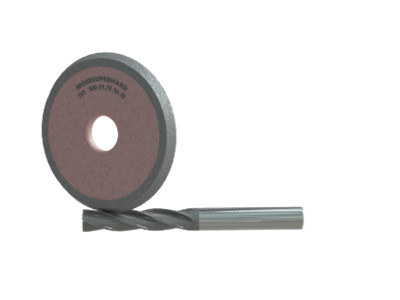
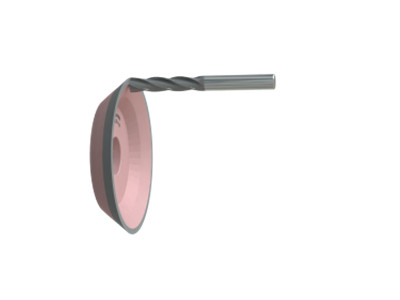
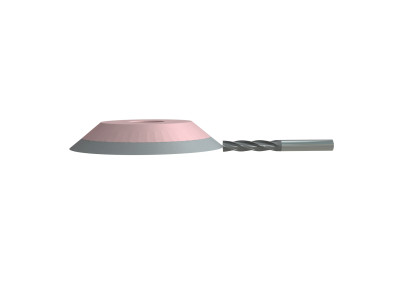
Moresuperhard provide cnc grinding wheel for various rotary tools like end mills,reamers and drills.1A1,1V1,3A1,11V9,12V9 and other different grinding wheels mold.Diamond grinding wheels and cbn grinding wheel for grinding different materials cutting tools like PCD,CBN,carbide,ceramic,cermet and HSS etc.Customized grinding wheels for your cnc grinding machine.If you need,please contact us freely.
High-performance diamond composite cutters (PDC) for stone cutting saw blades. Learn key structural features, performance requirements, and selection guidelines for granite, marble, and quarry cutting applications.
Comparison of ns, ps, and fs lasers for PCD, carbide, and ceramic machining, and how Moresuperhard’s 5-axis laser PCD grinding machine delivers high-precision cold laser processing.
Add: Zhongyuan Rd, Zhongyuan District, Zhengzhou, 450001, Henan, China
Tel: +86 17700605088